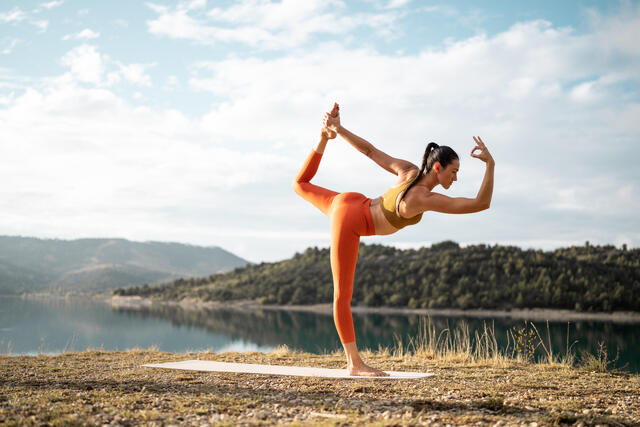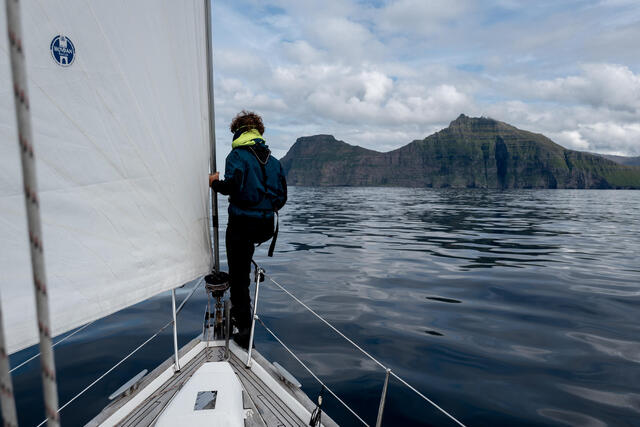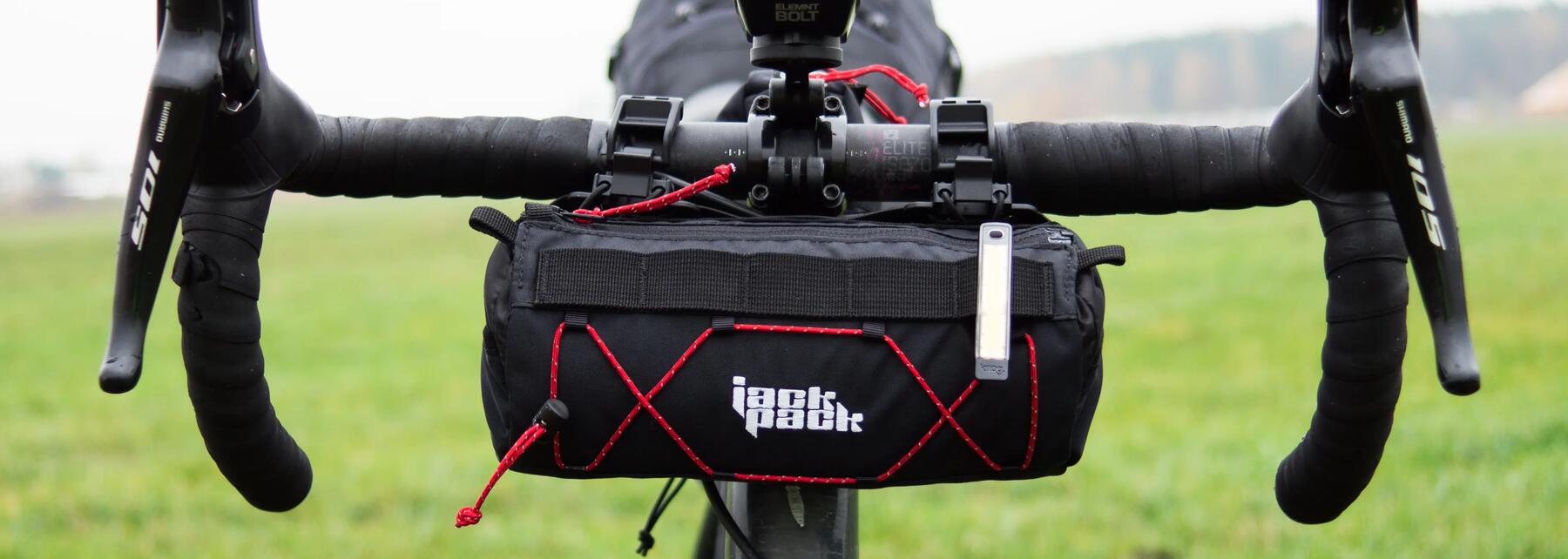Drop Bar or Flat Bar?
Let's start with the basics – do you need a straight handlebar or a drop handlebar? The simplest guide is to figure out what is already fitted to your bike and replace it like for like.
It's also possible to change the type of handlebar your bike uses, but there are two big considerations to make before attempting it. Bikes are designed holistically so that most drop-bar bikes will work best with drop handlebars. Most flat-bar bikes will work best with flat bars.
But the even bigger hurdle is that if you change the type of handlebar your bike uses, you will also need to replace the controls with new, compatible ones (such as specific flat or drop-bar gear shifters and brake levers). This means you'll also have to fit new cables or hoses, which becomes quite a big job. So while changing the handlebar type can be done, it's the first step of a long process.



















